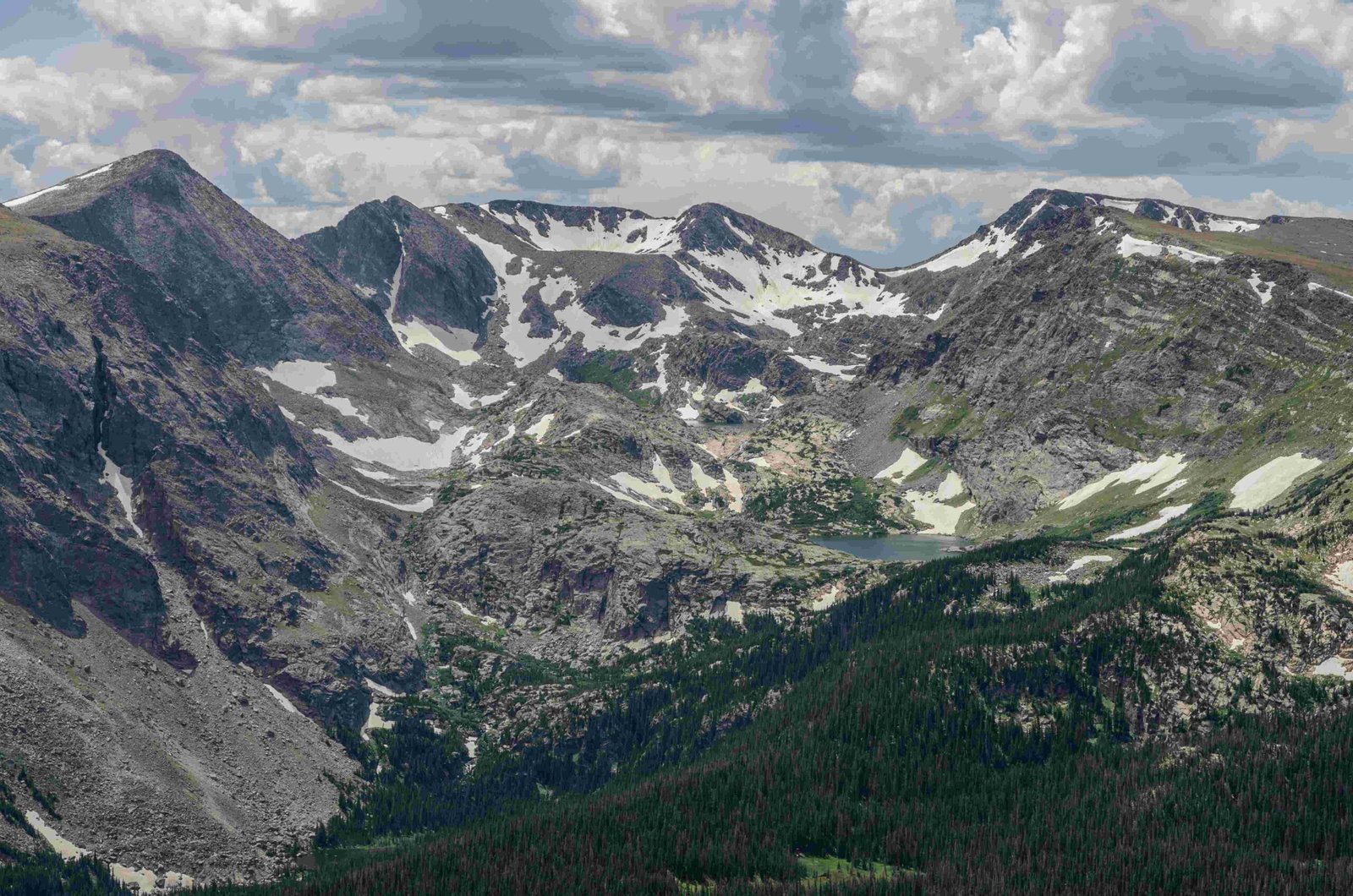The plans to expand Rocky Mountain National Park primarily focus on the development of the Rocky Mountain Greenway, a multi-use trail system connecting the park with nearby wildlife refuges. This ambitious project aims to enhance accessibility and create a seamless network of natural spaces. While not directly expanding the park’s boundaries, the initiative seeks to broaden the park’s reach and influence, fostering greater connectivity between various protected areas in the region.
What is the Rocky Mountain Greenway Project?

The Rocky Mountain Greenway project is the cornerstone of the plans to expand Rocky Mountain National Park’s influence. This initiative aims to create a comprehensive trail system linking several key areas:
- Rocky Mountain Arsenal National Wildlife Refuge
- Two Ponds National Wildlife Refuge
- Rocky Flats National Wildlife Refuge
- Rocky Mountain National Park
The project is divided into three phases:
- Phase One: Completed, connecting Rocky Mountain Arsenal and Two Ponds National Wildlife Refuges.
- Phase Two: Partially complete, linking Rocky Flats National Wildlife Refuge to Lyons.
- Phase Three: In conceptual stage, planning to connect Lyons to Estes Park and Rocky Mountain National Park.
How Will This Expansion Impact the Environment?

Environmental considerations are paramount in the plans to expand Rocky Mountain National Park’s connectivity. The project team has conducted thorough assessments, particularly focusing on the Rocky Flats National Wildlife Refuge due to its history of contamination. Key environmental impact mitigation strategies include:
- Independent soil sampling studies for radionuclides
- Confirmation of public health safety standards in trail areas
- Measures to protect local wildlife and vegetation during trail construction
While specific environmental impact reports for Rocky Mountain National Park are not mentioned, the focus on connecting trails rather than expanding park acreage suggests minimal direct impact on the park itself.
What Role Does Community Feedback Play in the Expansion Plans?
Community engagement has been a crucial component of the plans to expand Rocky Mountain National Park’s reach. The project team has implemented several strategies to involve the public:
- Extensive public outreach during planning phases
- Public meetings and open houses to gather feedback
- Addressing concerns about residual contaminants at Rocky Flats through independent studies
- Workshops and public review periods for park management plans
For instance, the Elk and Vegetation Management Plan received over 2,700 public responses during its development phase.
How is the Expansion Project Funded?
The funding for the plans to expand Rocky Mountain National Park’s connectivity comes from various sources:
| Funding Source | Description |
|---|---|
| Federal Grants | Federal Lands Access Program (FLAP) grant secured in 2016 |
| State Contributions | Matching funds from state-level sources |
| Local Contributions | Funds from partner cities and counties |
An intergovernmental agreement signed in May 2021 dedicated matching funds for the design and construction of trail crossings.
What Are the Long-term Goals of the Expansion Plans?
The long-term goals of the plans to expand Rocky Mountain National Park’s influence include:
- Enhancing accessibility to natural spaces
- Creating a seamless network of protected areas
- Promoting conservation and environmental awareness
- Improving recreational opportunities for visitors
- Fostering a greater connection between urban areas and natural landscapes
How Will the Expansion Affect Visitor Experience?
The plans to expand Rocky Mountain National Park’s connectivity are expected to significantly enhance the visitor experience in several ways:
- Increased access points to natural areas
- More diverse recreational opportunities
- Enhanced educational experiences about regional ecosystems
- Improved understanding of the interconnectedness of protected areas
- Potential for reduced congestion within the park itself by distributing visitors across a wider network of trails and natural spaces
What Challenges Does the Expansion Project Face?
Despite the ambitious nature of the plans to expand Rocky Mountain National Park’s reach, several challenges exist:
- Environmental concerns, particularly around historically contaminated areas
- Balancing increased access with conservation efforts
- Coordinating between multiple government agencies and stakeholders
- Securing consistent funding for all phases of the project
- Addressing public concerns about safety and environmental impact
How Can the Public Stay Informed About the Expansion Plans?
To stay updated on the plans to expand Rocky Mountain National Park’s connectivity:
- Visit the official Rocky Mountain National Park website
- Check the Jefferson County website for Rocky Mountain Greenway updates
- Attend public meetings and workshops when announced
- Follow social media accounts of relevant agencies and organizations
- Sign up for newsletters from park management and partner organizations
By staying informed, the public can continue to play a vital role in shaping the future of Rocky Mountain National Park and its surrounding natural areas.
References:
1. https://www.jeffco.us/3639/Rocky-Mountain-Greenway
2. https://www.nps.gov/romo/learn/management/plan-development.htm
3. https://www.nps.gov/romo/getinvolved/planning.htm

